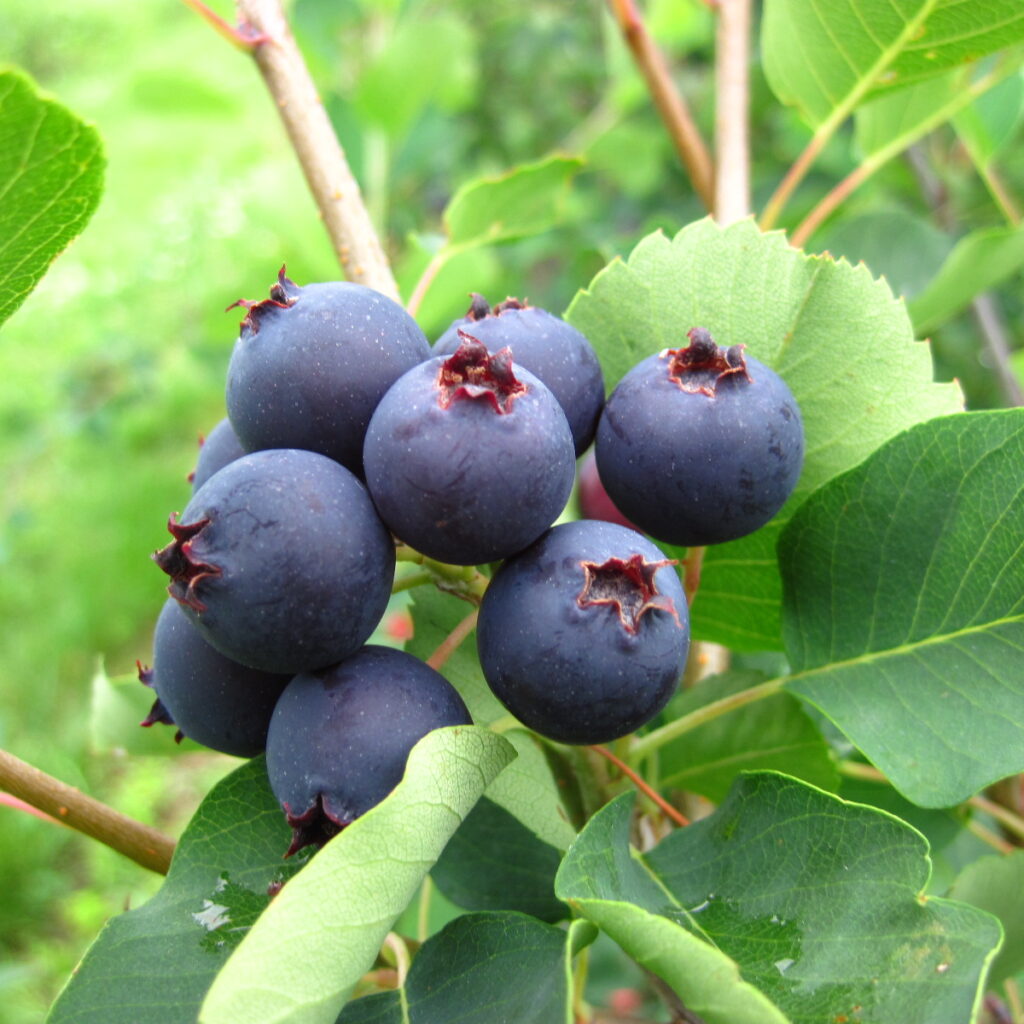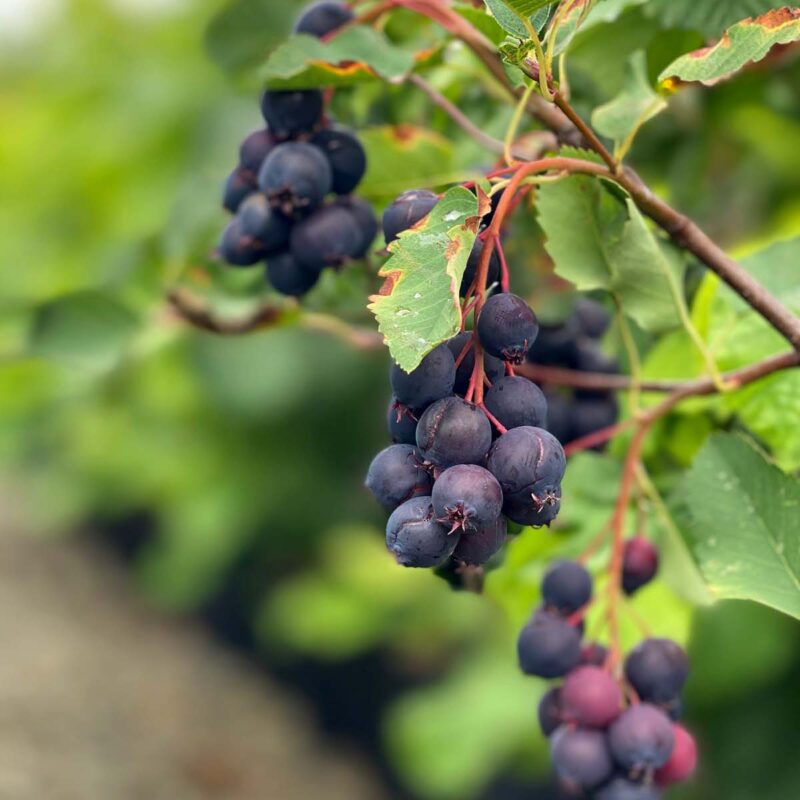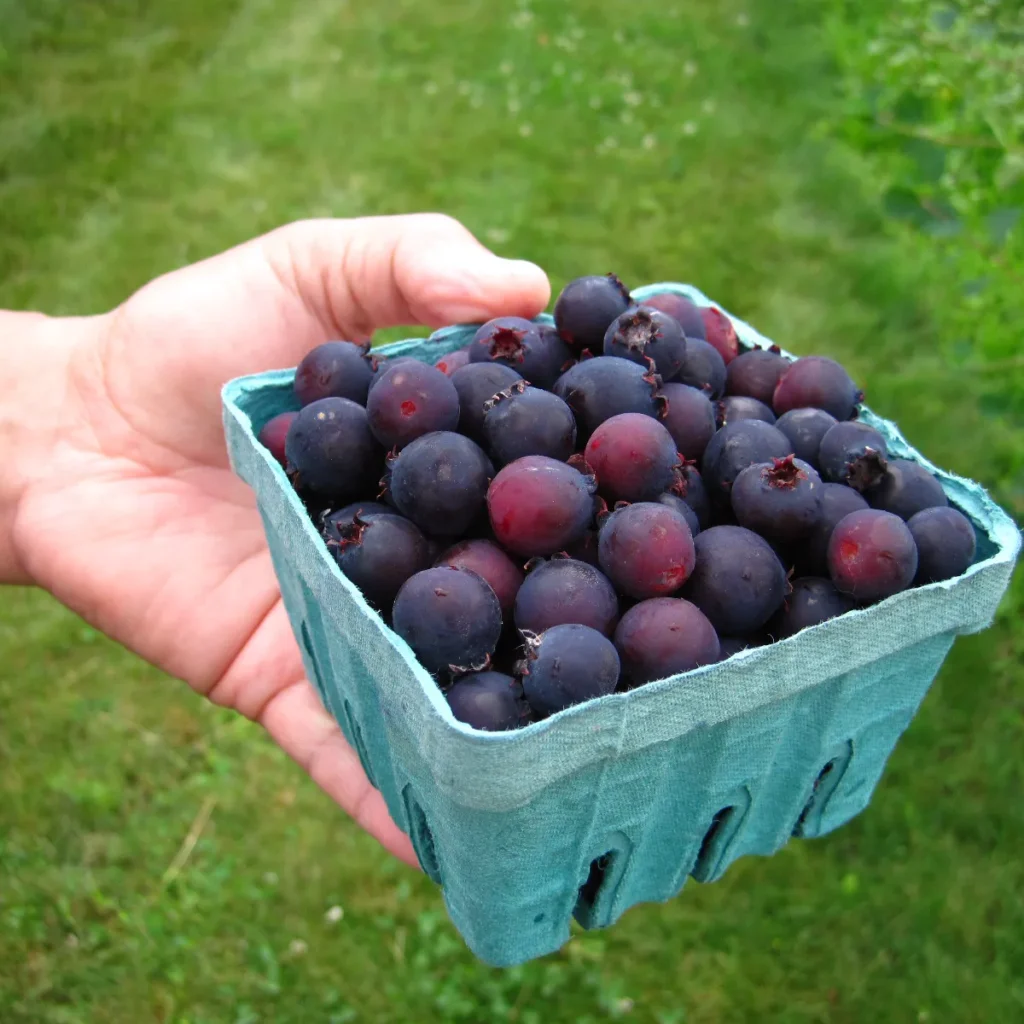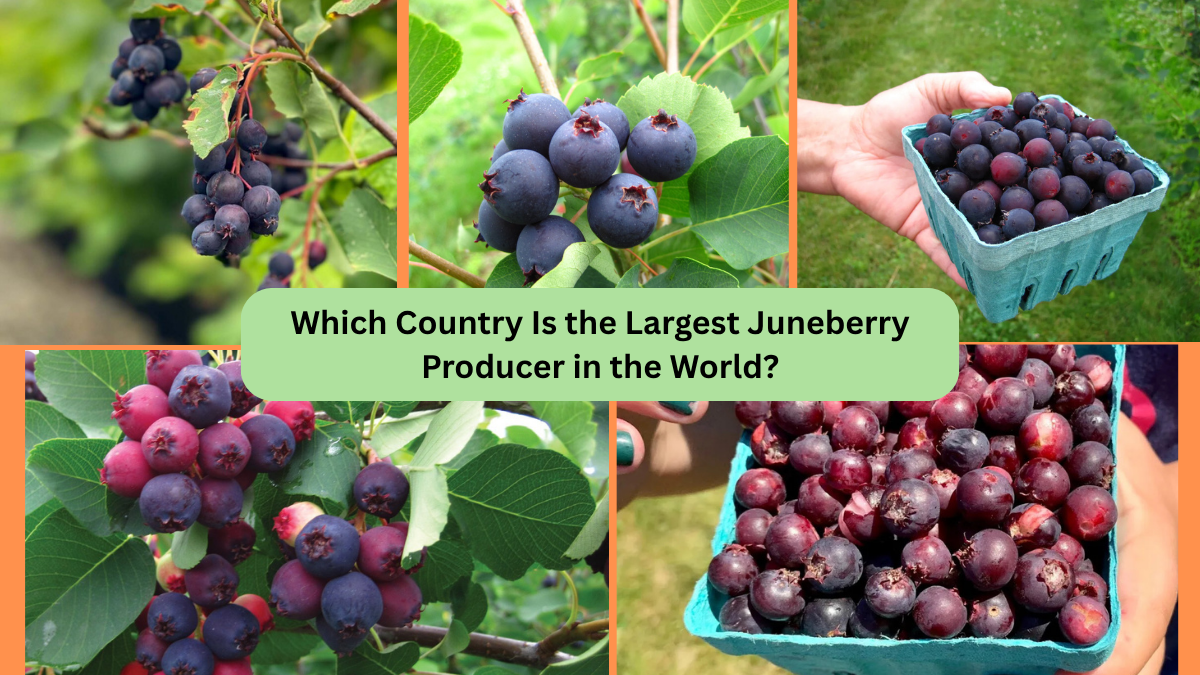When people think of popular berries, names like blueberries, strawberries, and raspberries typically come to mind. However, there’s one lesser-known but nutritionally valuable berry quietly thriving in select regions — the Juneberry. Known for its sweet, blueberry-like flavor and high antioxidant content, Juneberries are steadily gaining attention among health enthusiasts and culinary experts.
In this article, we’ll uncover which country leads the world in Juneberry production, delve into the fruit’s history, benefits, cultivation methods, and how it’s being used in both traditional and modern cuisine.
What Are Juneberries?

Juneberries are small, purplish-blue fruits produced by shrubs and small trees of the Amelanchier genus, belonging to the Rosaceae family. Known by various other names like Serviceberries, Saskatoon berries, and Shadbush berries, these fruits resemble blueberries in appearance and taste but offer a unique almond-like undertone.
Key Facts:
- Scientific Genus: Amelanchier
- Common Names: Juneberry, Serviceberry, Saskatoon berry, Shadbush berry
- Native Range: North America (primarily Canada and the Northern U.S.)
- Best Harvest Season: June (hence the name)
Which Country Is the Largest Juneberry Producer in the World?
Canada is widely recognized as the largest Juneberry producer in the world, particularly in its Prairie Provinces of Saskatchewan, Alberta, and Manitoba. Here, the berry is commonly known as the Saskatoon berry, and it has deep cultural, nutritional, and economic significance.
Canada’s natural climate, historical heritage with the fruit, and well-established orchards contribute to its dominant position in Juneberry production globally.
Why Is Canada the Leading Juneberry Producer?

Several reasons have positioned Canada as the top Juneberry producer globally:
Favorable Climate
The cool climate of Canada’s Prairies is perfect for Juneberry cultivation. These plants require cold winters for dormancy and moderate summers to yield large, flavorful fruit. The soil conditions, particularly sandy loam soils, further support healthy berry production.
Historical and Cultural Importance
Indigenous communities in Canada have valued Juneberries for centuries. They were used in making pemmican, a preserved high-energy food made by mixing dried berries with meat and fat. Over time, Juneberries became a staple in Canadian households for jams, jellies, and desserts.
Commercial Growth
Over the last three decades, Canada has invested in expanding Juneberry orchards. Today, Saskatchewan alone accounts for over 60% of the country’s total production, with thousands of hectares dedicated to this superfood berry.
Agricultural Innovation
Canada’s agricultural research institutions, such as the University of Saskatchewan Fruit Program, have developed new Juneberry cultivars that offer better disease resistance, larger fruit size, and higher yields.
Global Production Overview
While Canada leads the world in Juneberry production, other countries also cultivate these berries, though to a much lesser extent.
| Country | Estimated Share of Global Production |
|---|---|
| Canada | 65–70% |
| United States | 20–25% |
| Poland | 5% |
| Russia | 3% |
| United Kingdom | Small local production |
Juneberry Varieties

Several species and cultivars of Juneberries are grown for both commercial and home gardens:
- Amelanchier alnifolia (Saskatoon berry): The primary species grown in Canada.
- Thiessen: Known for large, sweet berries.
- Smoky: Popular for its consistent yields and rich flavor.
- Honeywood: Prized for its late-ripening, flavorful berries.
- Northline: Reliable and well-suited for mechanical harvesting.
Uses of Juneberries
Culinary Uses
Juneberries are highly versatile in the kitchen. Their sweet-tart flavor makes them suitable for a variety of dishes:
- Fresh eating
- Pies and tarts
- Jams and preserves
- Muffins and cakes
- Smoothies
- Wine, ciders, and liqueurs
Traditional and Medicinal Uses
Historically, Juneberries were used by Indigenous tribes for:
- Treating stomach ailments
- Making nutrient-dense pemmican
- Healing wounds and inflammations
Modern health enthusiasts value Juneberries for their nutrient density and high antioxidant levels.
Health Benefits of Juneberries

Juneberries are not just tasty — they’re also loaded with essential nutrients and antioxidants.
Nutritional Profile (per 100g of fresh berries)
- Calories: 85 kcal
- Fiber: 5.9 g
- Vitamin C: 11 mg
- Manganese: 0.5 mg
- Iron: 1.2 mg
- Anthocyanins: Rich in antioxidant compounds
Key Health Benefits
- Boosts immune system
- Supports heart health
- Fights inflammation
- Aids in digestion
- Stabilizes blood sugar
- High in dietary fiber
Juneberry Cultivation in Other Countries
United States
The U.S. ranks second in global production. States like Minnesota, Montana, North Dakota, and Michigan have significant Juneberry farms, though most berries are sold in local farmers’ markets or made into niche products.
Poland
Poland has a modest but growing Juneberry industry, primarily focused on producing berries for jams and traditional pastries.
Russia
Russia cultivates Juneberries in its northern regions where harsh winters create ideal conditions for berry production.
United Kingdom
In the UK, Juneberries are still considered a specialty fruit, often grown in home gardens or local community orchards.
Challenges Facing Juneberry Production

Like other berry crops, Juneberry growers face several challenges:
- Short Harvest Window: Berries ripen rapidly within a 2–3 week period in June.
- Pests and Diseases: Susceptible to aphids, sawflies, powdery mildew, and rust.
- Limited Shelf Life: Fresh Juneberries spoil quickly without proper storage.
- Market Awareness: While growing, consumer knowledge about Juneberries remains limited outside Canada.
Future Outlook for the Juneberry Market
The future looks promising for the Juneberry industry, particularly in Canada. Factors fueling this growth include:
- Rising demand for antioxidant-rich, health-promoting fruits
- Expanding organic farming practices
- Innovations in value-added products like wines, dried snacks, and nutraceuticals
- Increased interest in Indigenous and heritage foods
Canada’s dominance is expected to continue, though niche markets in the U.S. and parts of Europe are also growing.
Conclusion
In summary, Canada is the undisputed leader in global Juneberry production, responsible for about 70% of the world’s supply. The country’s ideal climate, cultural heritage, and modern farming techniques have firmly established its dominance in this emerging berry market.
As consumers around the world seek natural, nutritious, and unique superfoods, Juneberries are poised for a surge in popularity — with Canada remaining at the heart of this sweet, antioxidant-rich revolution.



